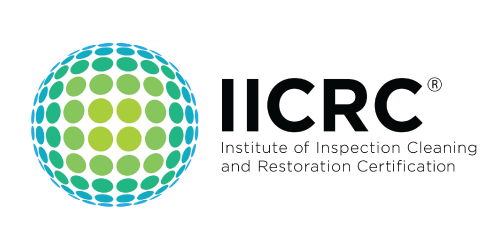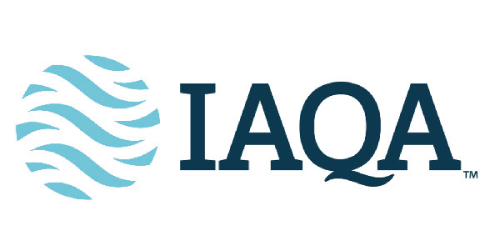<< RESIDENTIAL >>
Mini Split and Built in AC Wall Unit Cleaning
<<Mini Split & Built in AC wall units cleaning>>
Avoid Mold in Your Ductless Air Conditioner
Many are aware of the threat that mold poses when it infiltrates homes. However, not everyone realizes the importance of monitoring their mini split systems for potential mold issues. Unfortunately, this oversight can lead to more significant problems than anticipated.
Even with regular maintenance and filter upkeep, mold has the potential to thrive within ductless air conditioners or mini split systems. These systems can become quite unsanitary and pose health risks. Nevertheless, the silver lining is that identifying whether your ductless mini split requires a thorough cleaning is straightforward, and arranging for the necessary maintenance is equally convenient.
<< Warning Signs Of Mold In Your Mini Split >>
Moisture Near Your System
Do you notice any indications of moisture surrounding your air handler? This could manifest as condensation forming on the unit's exterior or signs of dampness or water damage nearby. While the presence of moisture doesn't automatically signify a mold issue, it does create an environment conducive to its growth. It's essential to remember that mold, mildew, and fungi thrive in warm, dark, and damp conditions. Particularly during hot summer months, the interior of an HVAC system can provide an ideal habitat, especially when all three elements are present.
Stale Or “Cheesy” Odor
The stale, cheesy odor coming from your mini split is commonly referred to as "Dirty Sock Syndrome." This odor arises from the accumulation of dirt, dust, debris, and moisture within the air handler. The scent may be solely attributed to these factors, however, if the odor persists and intensifies over time, there's a higher likelihood that mold has developed within the system.
Black Splotches
If you suspect an issue, carefully inspect your air handler. Do you see black splotches on the exterior?
What about deeper inside when you shine a flashlight into the opening?
If you do, those splotches likely indicate fully-developed mold particles.
Effects Of Mold in a Mini Split System
Health Problems
Mold has the potential to exacerbate asthma, allergies, and pre-existing respiratory conditions while also contributing to the onset of new health complications. Symptoms of mold exposure in the respiratory system may include coughing, wheezing, and flu-like symptoms.
Structural Problems
Additionally, a mold infestation poses structural risks to your home. Given that mold spores require ample moisture to flourish, the presence of mold is detrimental to materials such as drywall and wooden beams and joists. Furthermore, mold can accelerate wood decay by softening it and facilitating rot over time.
How to Avoid Mold in Your Ductless System
Professional Cleaning:
Engaging in a professional cleaning session will effectively eliminate mold and mold spores from your mini split. Here are three proactive measures to prevent mold growth and ensure its recurrence is minimized
Continuous Operation:
Mini splits operate differently from traditional systems. Their air handlers run continuously in a low-power mode due to a variable-speed heat pump outside. Interrupting this operation disrupts dehumidification, fostering moisture buildup—a prime condition for mold growth.
Watch for Warning Signs:
Stay vigilant for warning signs such as unusual odors, moisture accumulation near the unit, or black patches on the air handler. Promptly contact a professional if any of these signs manifest, especially if individuals with allergies or asthma experience respiratory difficulties suddenly.
Professional Maintenance:
You're not alone in this endeavor—rely on professional maintenance to keep your mini split (or any heating and cooling system) operating smoothly. This not only ensures enhanced comfort and reduced energy costs but also proactively addresses potential indoor air quality issues before they escalate.
Your Home Is in the Right Hands
Since 1967, Steamatic has been proudly serving Connecticut, Massachusetts, Rhode Island and New York homes. That is over 40 years of experience in hard surface and carpet cleaning. Through the decades, we have been lauded for our unique processes, state-of-the-art tools and fully certified talent. What is more, we are known for our skilled customer service representatives with fast response times and a willingness to talk you through your options.
Every member of our healthy indoor teams carries multiple certifications from national organizations, including the
IICRC (Institute of Inspection Cleaning and Restoration) and the
IAQA (Indoor Air Quality Association), in addition to receiving
OSHA documented training. Every project is overseen by an Industrial Hygienist and conducted by a crew of environmental tradesmen.




